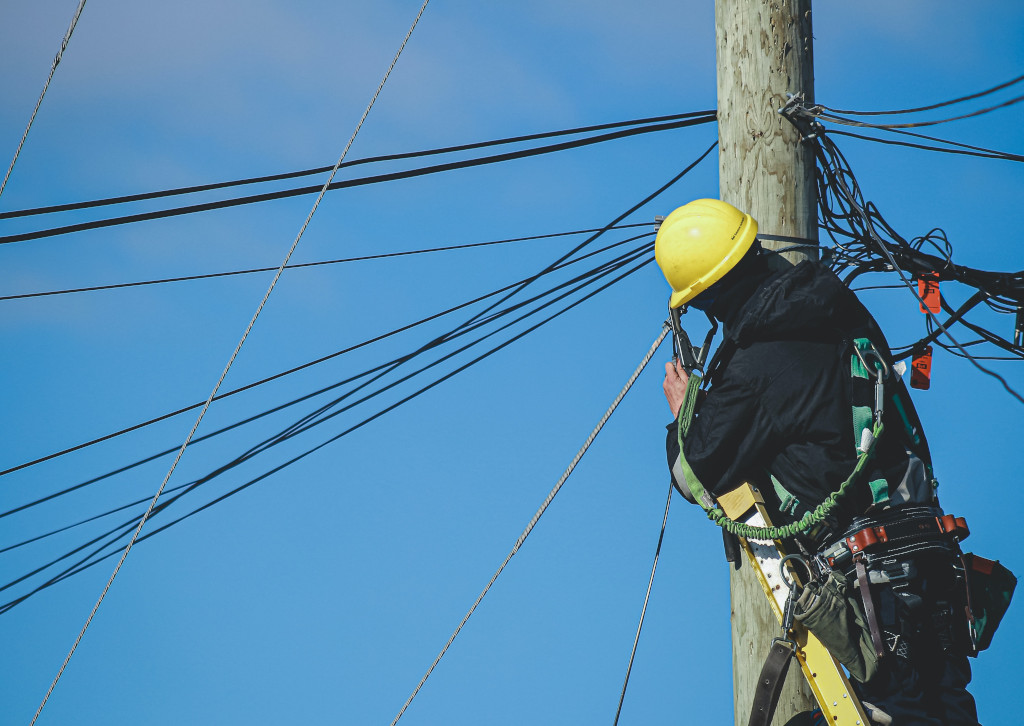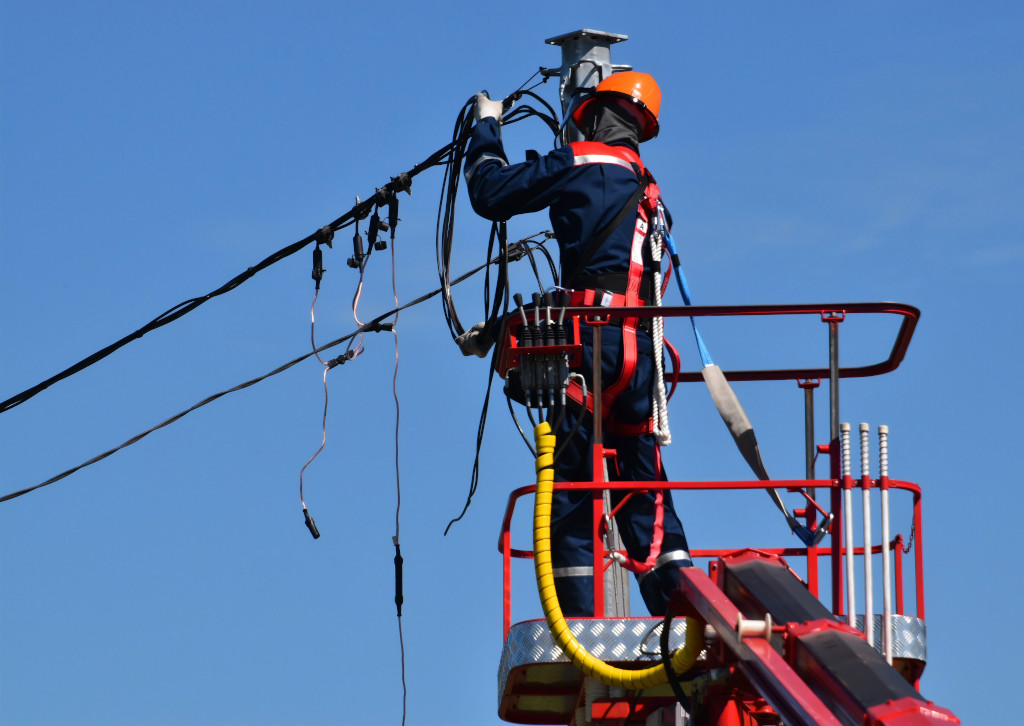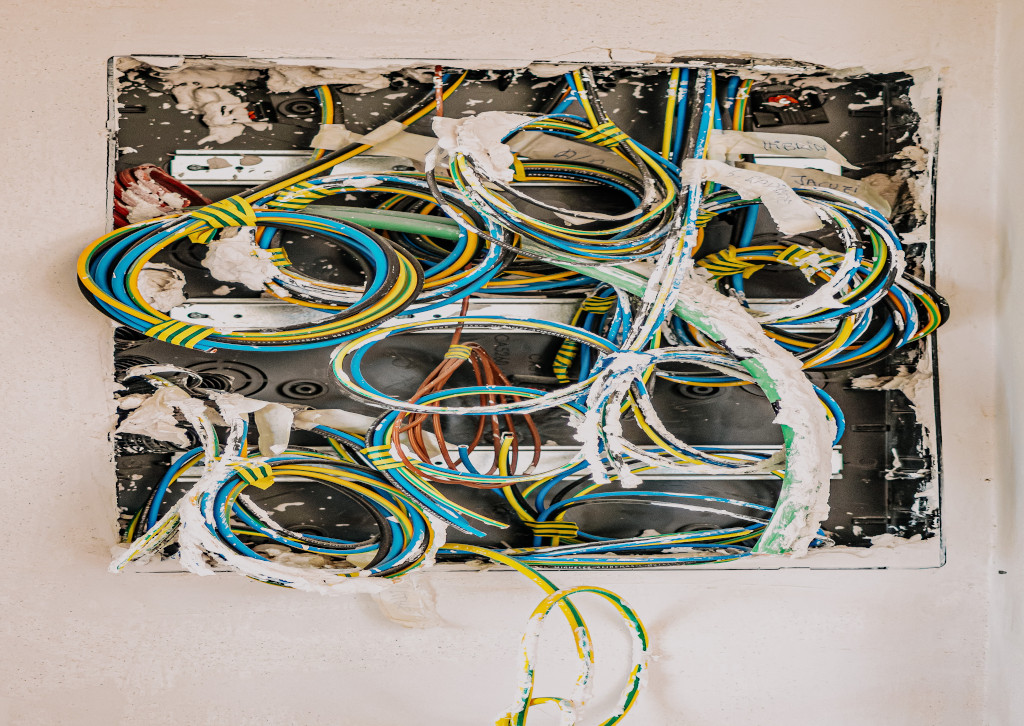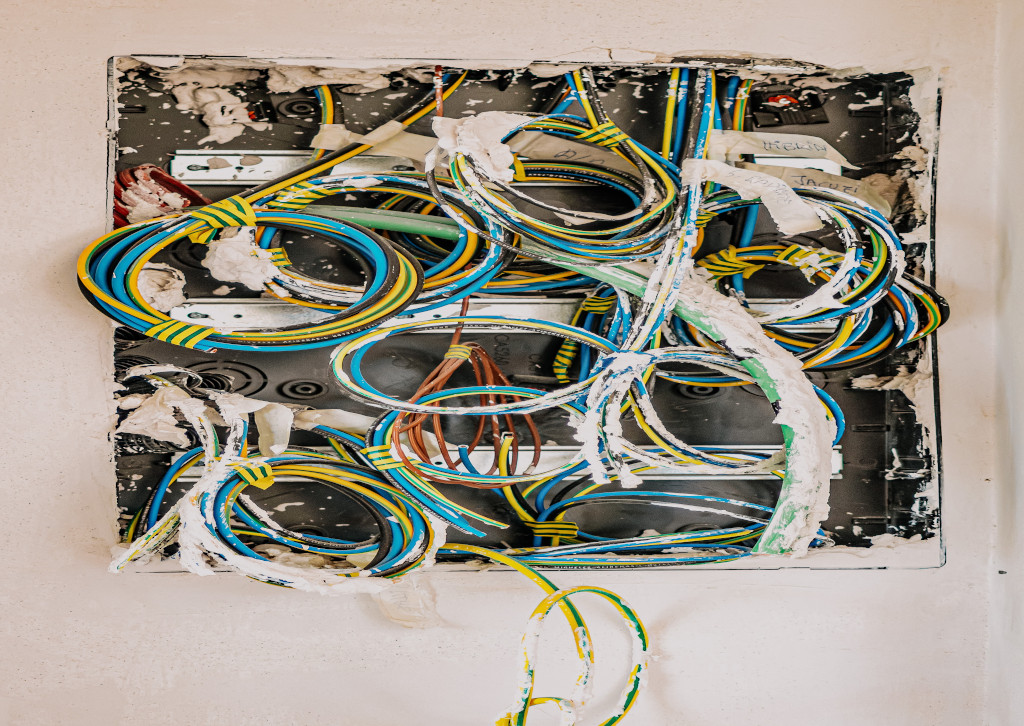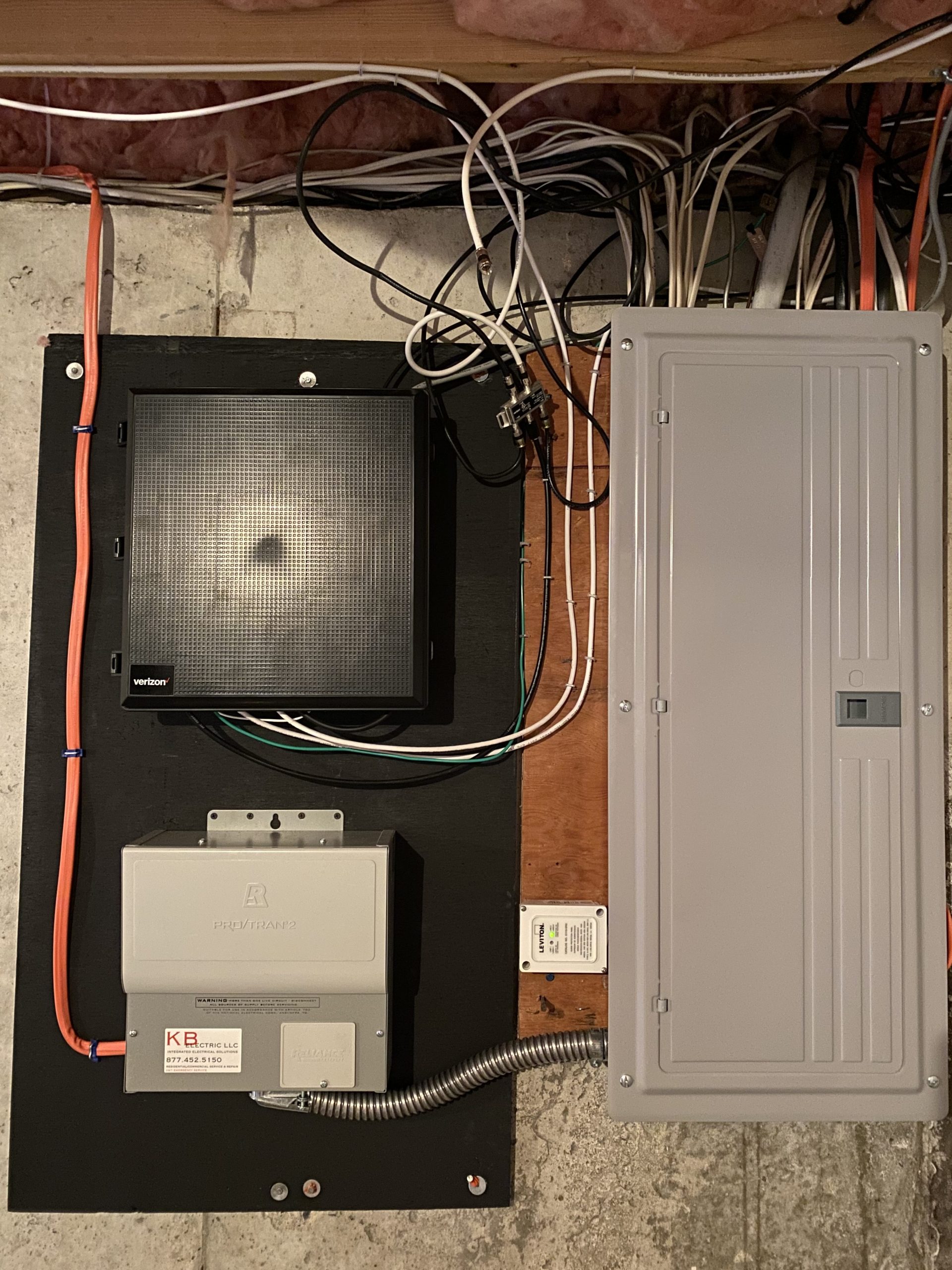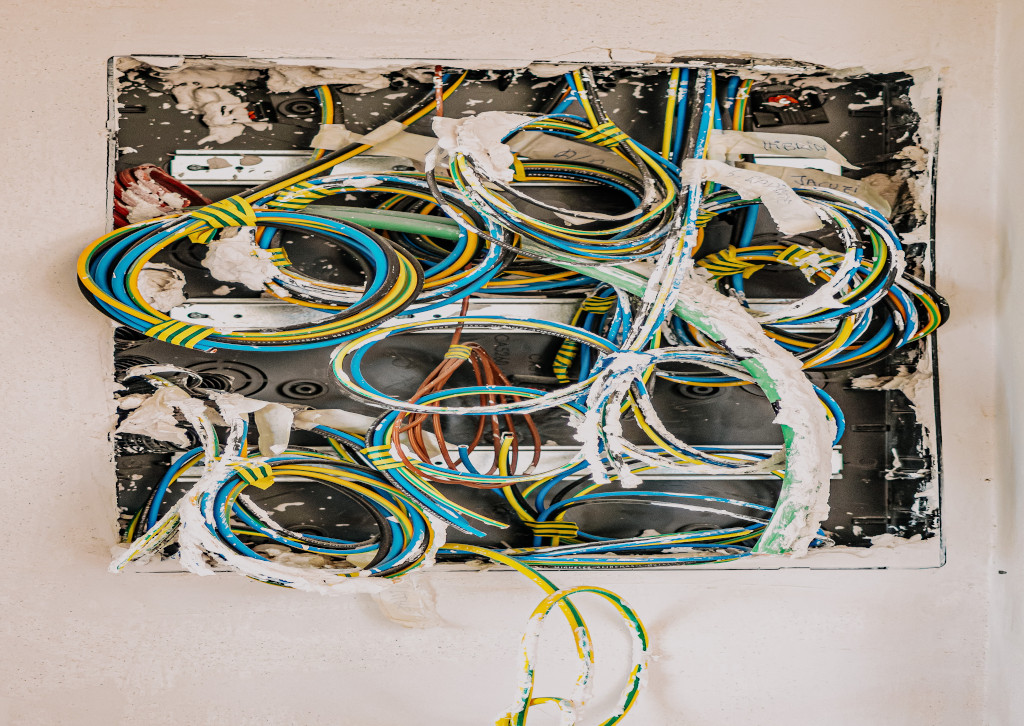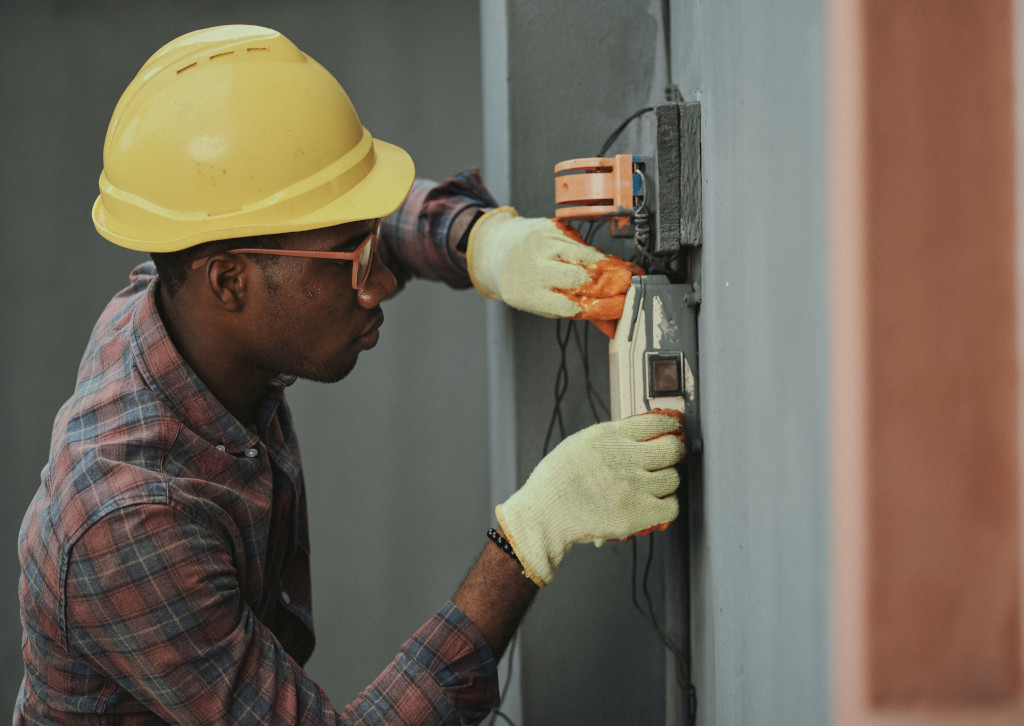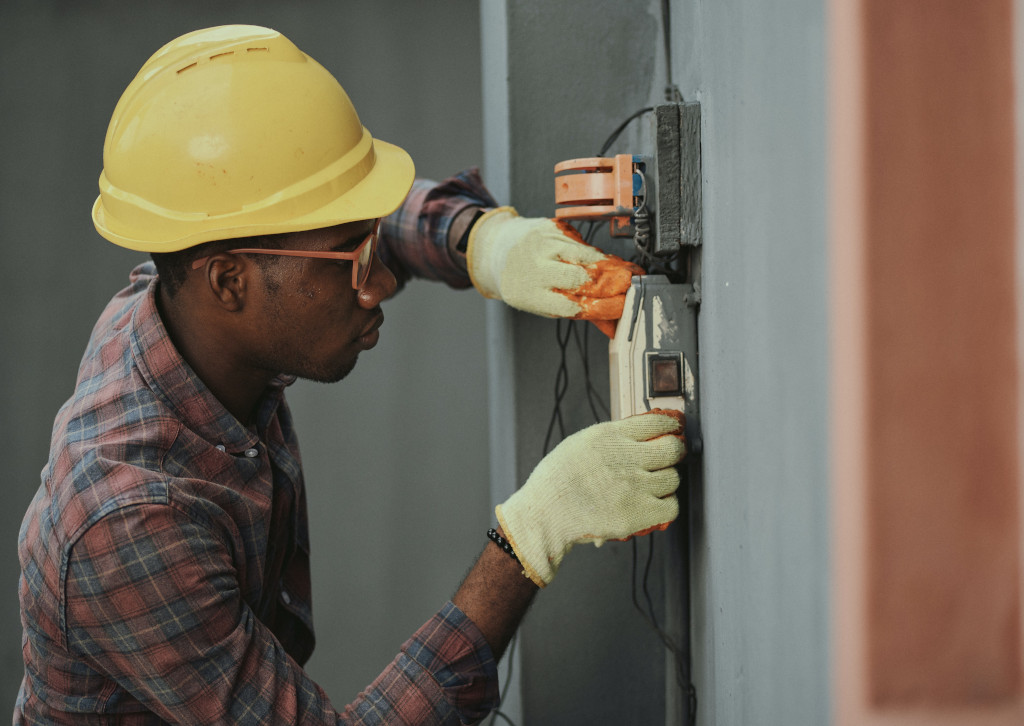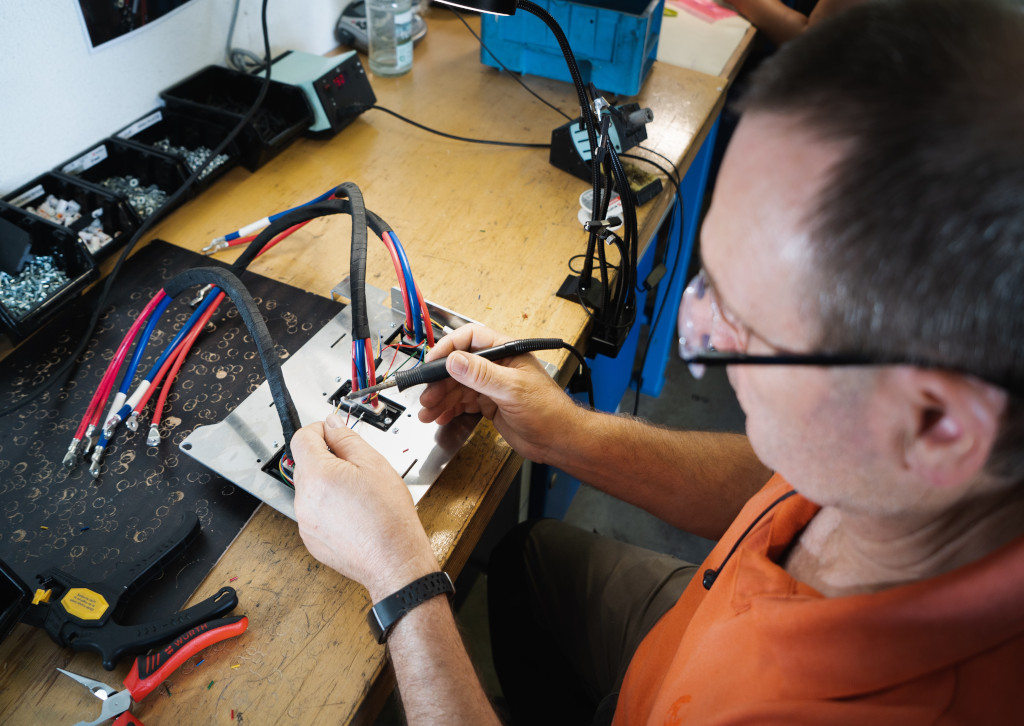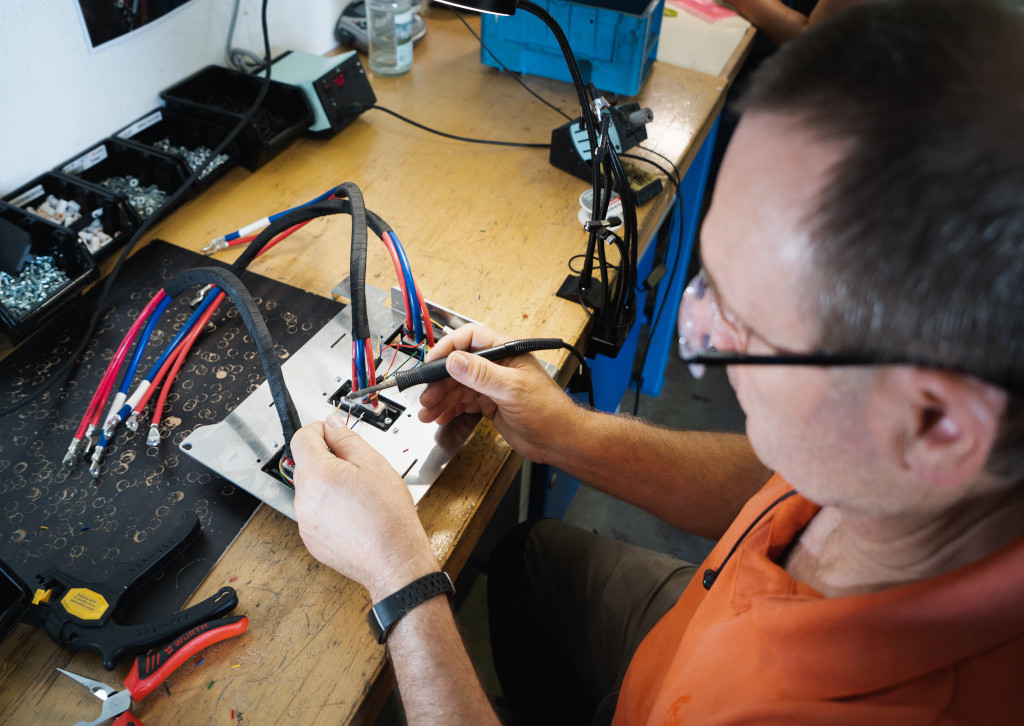Residential>Troubleshooting & Repair ServicesGFCI OutletsAFCI BreakersWhole House Surge ProtectionElectrical Safety InspectionsSmoke & CO DetectorsGenerator InstallationElectrical Panel UpgradesDedicated CircuitsIndoor LightingLandscape LightingFan InstallationPool & Hot Tub WiringEV Charger InstallationWhole House RewiringHome Theater InstallationCommercial>Troubleshooting & Repair ServicesDedicated Computer CircuitsElectrical Safety InspectionsSurge ProtectionGenerator InstallationElectrical Panel UpgradesBucket Truck ServicesEquipment HookupsIndoor & Outdoor LightingReviewsAreas We Serve>Montgomery County, PABucks County, PAChester County, PADelaware County, PABerks County, PAPhiladelphia County, PAPhotosOur TeamBlogDealsCommunity OutreachCompaniesCareersAccomplishments
Whole House Surge Protection Type 2: Panel Based Surge Protector
Three years ago we blogged about the type 1 SPD (surge protector device) called a meter base surge protector. Today we are going to talk about the whole house surge protection type 2 which is called a panel based surge protector. It is important for your home to have at least one type of whole home surge protection. It is also now required by the 2020 NEC (National Electrical Code) that all residential service upgrades, replacements, and new service installations (new construction of homes) have type 1 or type 2 surge protection installed. With that said, let’s get right into what whole house surge protection type 2 is, why it’s important for your home to have this surge protector installed, and who to call to get one installed.

What Is Whole House Surge Protection Type 2?
Whole house surge protection type 2 refers to a SPD that mounts right next to your main electrical panel. Type 2 devices that are installed on your main electrical panel help with absorbing some of the surge from the outside that may leak in from a type 1 SPD (meter based). To recap from one of one of our previous blogs about electrical surges, a surge is an increase of electrical voltage. Extra voltage can damage the wiring that is connected to our appliances inside of your home, and can even fry the appliance itself.
Why Do I Need A Panel Based Surge Protector?
Panel based surge protectors protect the breakers/circuits in your main electrical panel from lightning surges, utility line surges, etc. These circuits as you know are connected to certain appliances, and these appliances/devices can cycle on and off. 80% of surges occur within the home. A panel based surge protector serves as an extra line of protection next to the meter based surge protectors, protecting everything in your home from damage.
KB Electric LLC For Whole House Surge Protector Installation
It’s very important to have a form of defense for your electronics, appliances, devices, etc. in your home. It costs a lot of money to replace these household items. There is an easy solution for surge protection for your home appliances and devices, and it starts with a professional for a type 1 or type 2 surge protector installation. Whether you are in need of type 1 surge protection or type 2 surge protection installation, the master electricians at KB Electric LLC can hook you up! Call us today for exceptional service, quality workmanship, and friendly faces! (267) 467-3178
CATEGORIES
4-Prong OutletsAbout KB Electric LLCAttic FansBallast ReplacementBathroom LightingCable Outlet InstallationCarbon Monoxide DetectorsCeiling Fan InstallationChandelier InstallationChristmas Light SafetyCircuit BreakersCommercial Electrical Safety InspectionsCommercial ElectricianCommercial LightingCurrent Events with ElectricityCurrent Events: EnergyDeck LightingDeck Receptacles/OutletsDedicated CircuitsDeicing CablesDimmer SwitchesDisposing Light BulbsDoorbellsDryer Booster FansElectricity and Energy InnovationsElectric Baseboard Heater InstallationElectric Car Charging InstallationElectric Radiant Floor HeatingElectrical InformationElectrical InnovationsElectrical Panel UpgradeElectrical Remodeling ServicesElectrical Safety InspectionsElectrician vs. Electrical InspectorElectricity BillElectromagnetic FieldsEmergency DisconnectsEmergency Lighting and Exit Sign LightingEnergy Saving TipsEthernet Wall JacksEV Charging SafetyExhaust FansFestoon LightingGarage WiringGeneratorsGFCIsHigh Bay LightingHire a Licensed ElectricianHistory of Ceiling FansHistory of the Dimmer SwitchHistory of Electric CarsHome Electric Car Charging InstallationHot Tub WiringHouse RewireIn The NewsIntercom SystemsKitchen LightingKnob & Tube WiringLED Ballast BypassLED Christmas LightsLED Retrofit LightingLEDsLi-Fi TechnologyLight Color TemperatureLightingLightning FactsLow Voltage Landscape LightingMotion SensorsMoonlightingOutlet SafetyOutdoor Ceiling FansOutdoor Home Security Lighting TipsOutdoor Lamp PostsOutdoor LightingOutdoor Outlet CoversOutdoor Receptacles/OutletsOutdoor Shed WiringParking Lot LightingPendant LightingPhotocell SensorsPool WiringPower and Communication PolesProperty Management ElectricianRange HoodsRecessed LightsRecessed OutletsRenewable EnergyRomex WiringRV Home Electrical HookupSafety & PreventionShed WiringSingle Phase to Three PhaseSmall BusinessesSmart Light SwitchesSmart OutletsSmart ThermostatsSmoke DetectorsSolar Powered ElectricitySpace HeatersStorefront LightingSurge ProtectionSwimming Pool Electrical SafetySwimming Pool Area LightingSwimming Pool LightingThanksgiving FunTools of the TradeTrack Lighting InstallationTransformersTunable White LEDsTV Wall Mount InstallationTwist Lock ReceptaclesUnder Cabinet LightingUSB OutletsVideo Doorbells
The post Whole House Surge Protection Type 2: Panel Based Surge Protector appeared first on KB Electric LLC.
